One of my favourite memories from my first year of high school was the lunchtime break, but not for the reason you might expect. Strange as it sounds, I would spend many a noon hour alone hovering over a massive pile of books in, of all places, the library!
Not a typical place to eat, you say? Ah, but my time as the only book-worm sandwich-concealer was short-lived. I soon discovered a like-minded friend in the carrel desk beside me, also hiding his meal on his lap, and also there for the same reason: we had discovered something wonderful – the ten volumes of the 1975 edition of the Encyclopedia Canadiana!
Those beautifully bound sets were truly an amazing kind of technology. You could randomly open any page to instantly find yourself on the other side of the world, or suddenly sitting next to someone famous in their elegant den, or walking through the streets of the past, hundreds or even thousands of years before our time! And there was no order to it; no prescribed timeline to follow. You could pick a name just because it seemed interesting, or because you liked the way it sounded. You could follow a trail so radiantly lit by an odd or captivating image, 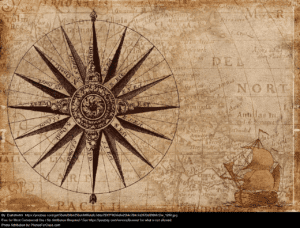 a photograph or even a famous painting, or stroll through a garden in France, and look up at massive ancient structures in a strange and foreign land you didn’t even know existed just minutes before! Our plain cheese and mayonnaise sandwiches, in the context of wandering through wonders and sharing those discoveries between friends, somehow always tasted so delicious!
a photograph or even a famous painting, or stroll through a garden in France, and look up at massive ancient structures in a strange and foreign land you didn’t even know existed just minutes before! Our plain cheese and mayonnaise sandwiches, in the context of wandering through wonders and sharing those discoveries between friends, somehow always tasted so delicious!
Then the bell rang and the brick and mortar school wrapped itself around us once again. We rushed from class to class, burned through notebooks and textbooks and the essays we wrote, saving our best golden shovel for the exams at the end of the term. The years passed and those patterns repeated themselves, straight into the jobs I took, the media I tolerated, and the texts I wrote.
Oh, I did travel, taking long breaks in life to actually visit those places previously discovered in books. (And this also,” said Marlow suddenly, “has been one of the dark places of the earth,”). But eventually life’s pace broke apart that particular kind of freedom and relegated it to short week-long bursts, once every couple of years. And so the time to turn through the pages of great books, at my own leisure and without rules, all but disappeared because time is short and books are long. Until now.
It is nothing new to note how interconnected and infinitely expanding versions of those wonderful series of lunch-time encyclopedias now sprawl and spread out randomly from our fingertips in an instant. But it’s entirely new to say we actually have real and unorganized time to rummage through these digital equivalents the way we used to, to leisurely flip through the annals of history and human knowledge.
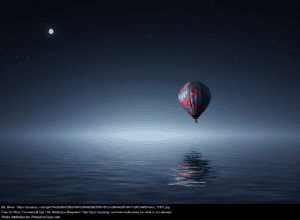 And so, to #LearnHistoryathome is no longer about just highlighting key phrases in a textbook or compiling cheat notes for the next sweltering day of writing exams in a gym. With everyone’s schedule different and official expectations endlessly unclear, this shift has become once again, an accidental, magical, and mesmerizing methodology. Alone and without firewalls, or with teachers, family or friends online, it has now become personal, and even social too, and the distances in time and space are bridged again, not by programme, but by curiosity.
And so, to #LearnHistoryathome is no longer about just highlighting key phrases in a textbook or compiling cheat notes for the next sweltering day of writing exams in a gym. With everyone’s schedule different and official expectations endlessly unclear, this shift has become once again, an accidental, magical, and mesmerizing methodology. Alone and without firewalls, or with teachers, family or friends online, it has now become personal, and even social too, and the distances in time and space are bridged again, not by programme, but by curiosity.
A colleague and I immediately imagined a list of ways we could do history at home – with our students, yes – but also with our own children and families. Some of our ideas hark back to those old days in libraries flipping through the pages of the world:
- Use Google Expeditions and Google Earth to fly over and live for a moment in distant places;
- Access museum collections online to gaze upon artifacts of the ages;
- Scroll across interactive timelines to travel back and meet the very individuals that amaze us, and yes, made significant historical differences too!
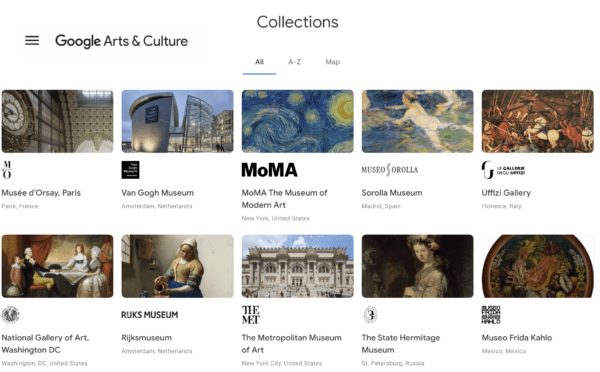
Some of our ideas also reflected a new way of building a history of our own by:
- Making family trees with our kids to help them connect with grandparents and their roots;
- Designing history games using key figures and events and then roleplaying as them;
- Or, simply writing a journal to record the extraordinary events in which we live today.
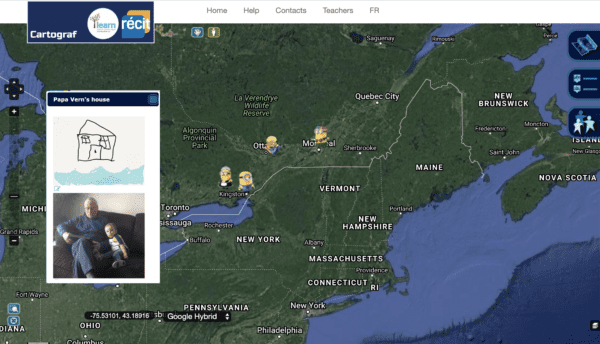
Eventually the programme pushed back and much of our solutions formed into academic support tools and strategies now found on our Elementary and Secondary pages. But in the margins of those activities are ways to break free and explore other traces of history – to randomly point your finger to a page and be there.
Yesterday my 7-year-old son said – while we were playing badminton outside and waving our hellos to passersby, “Hey Dad, what is History?”
I started simply, “Oh, well it’s the story of the past.”
And then I said, “But it’s not just any story. It’s not learning about when two guys once played badminton on their lawn.”
But then I stopped… I guess it could be. If something significant came out of it or if something amazing happened just after, or just before, like the reason we were there in the first place, calling two-metre-plus hellos across the road. But that was too heavy for the sunny day that it was that day. Let’s simply say that history is whatever you want to explore; it is where and when in time and place you want to wander off to. And it is also the time you take to enjoy the present moment, at home or wherever. And so, we did.
****
Featured Image Photo: Comfreak on Pixabay

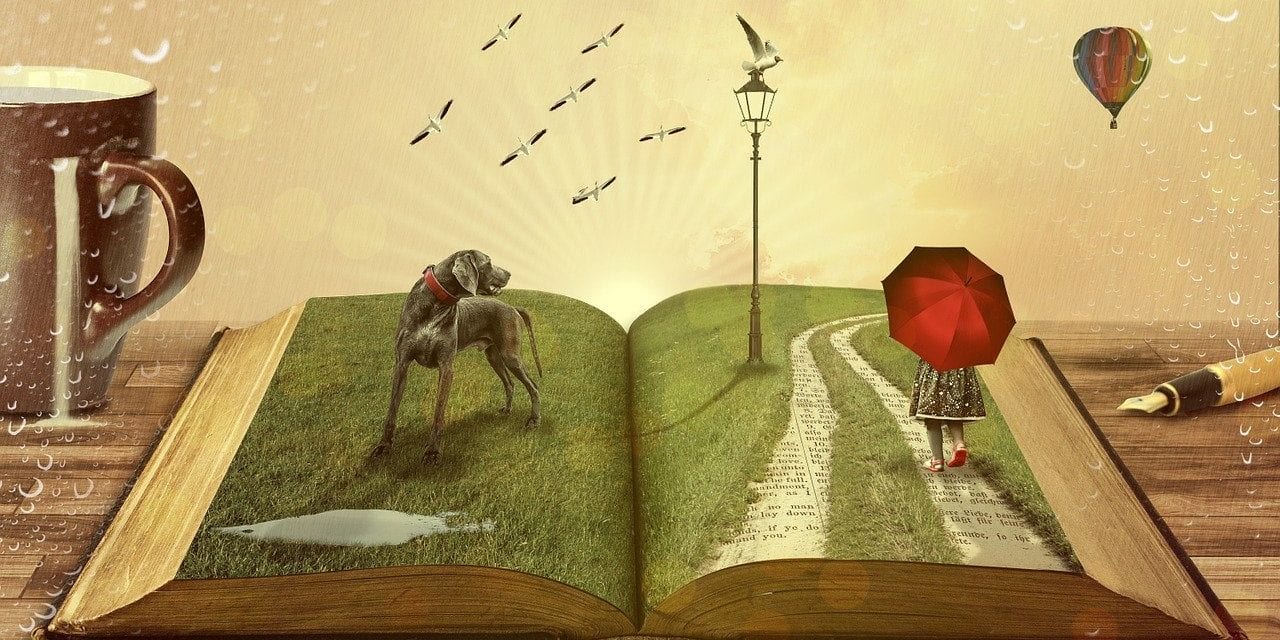
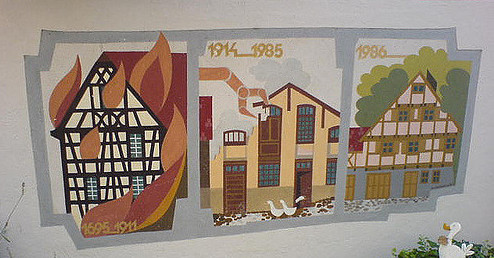
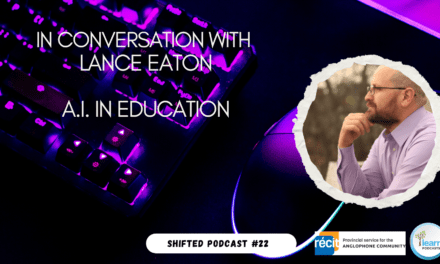

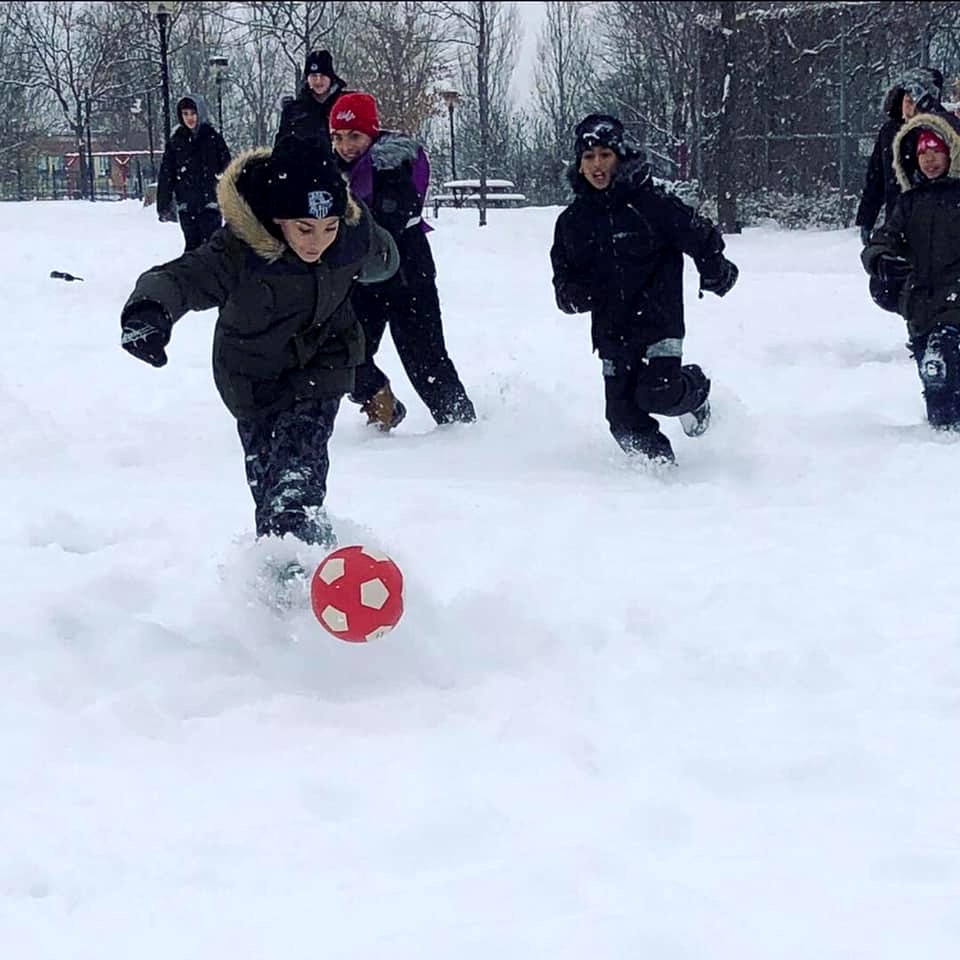
So very well written, and interesting. Narratives are so much more powerful than any other form of writing. Thanks for sharing.